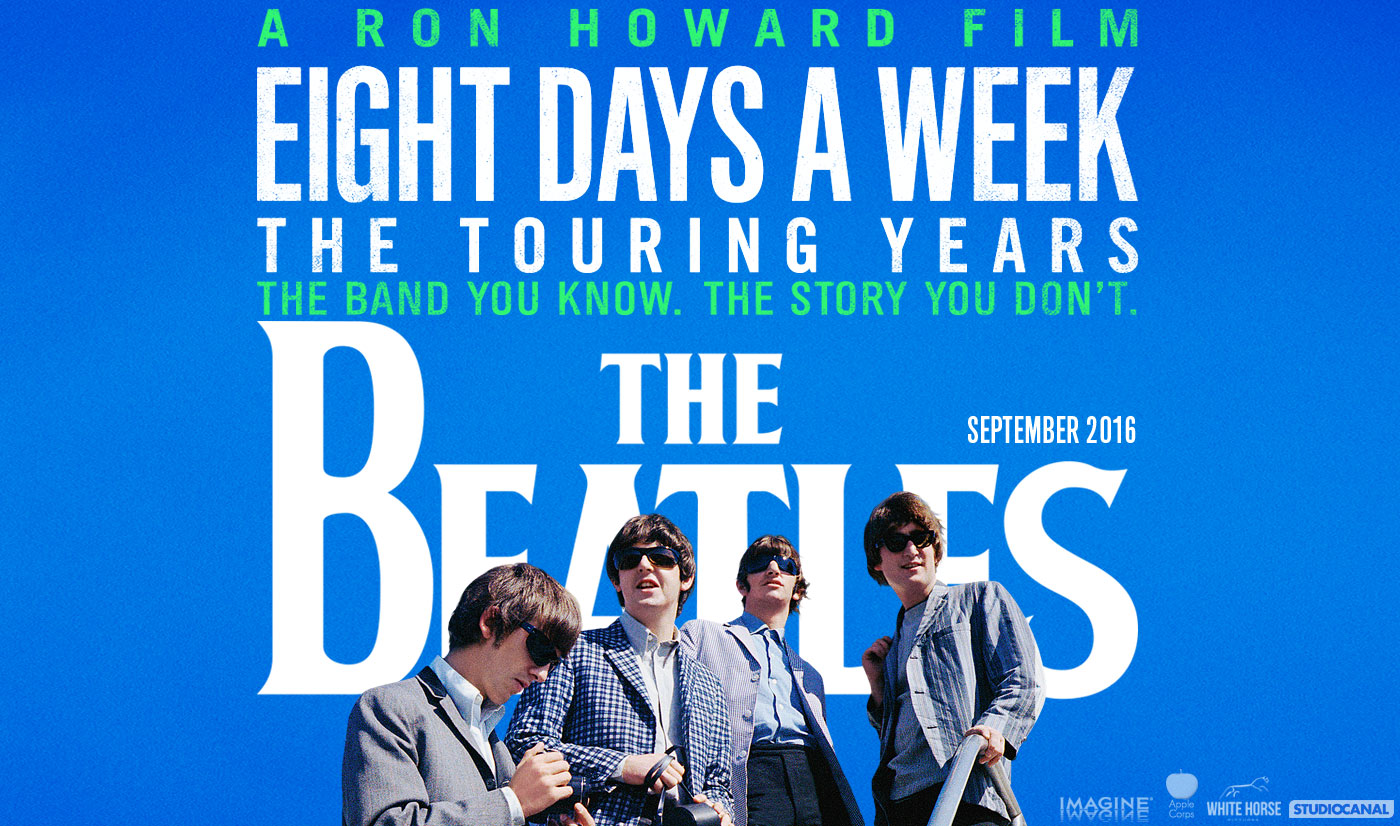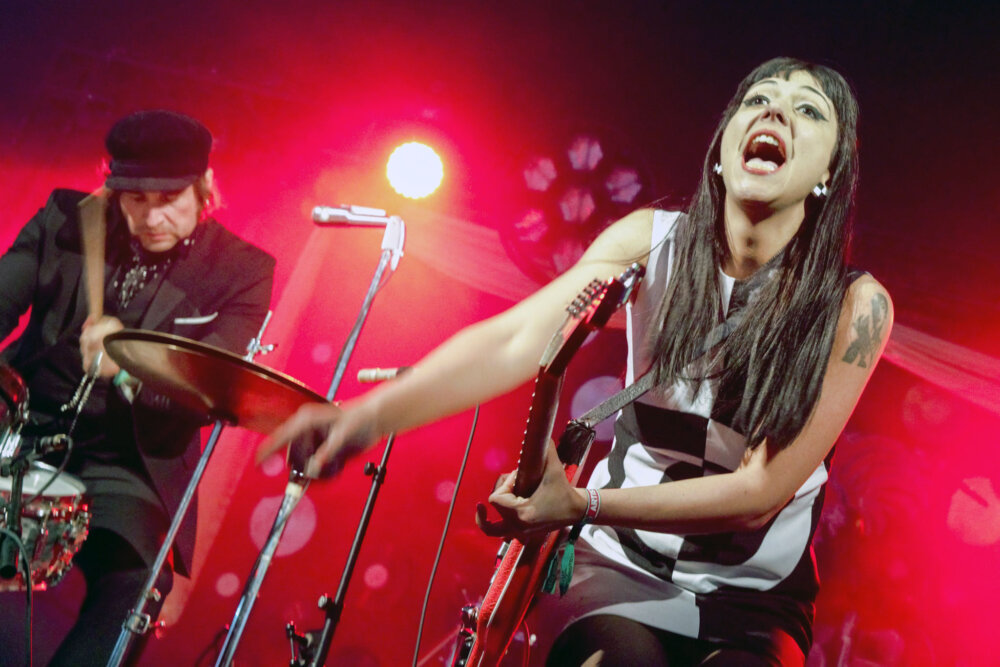Arriving for the pre-film ‘Live feed’ from Leicester Square initially seemed like an extremely dispiriting mistake, as a series of Z-listers, aged rockers and their 70’s Bond girls trout-pouted and preened sadly on the blue carpet. John Bishop gamely did his cheeky chappy-routine as compere, attempting to get interviews with a seemingly addled and frail-looking Yoko Ono, an understandably nervous Ron Howard and a tediously aloof Paul McCartney, who gave the impression of having spent too much time around Kanye West.
At this stage I was having severe doubts about this film’s existence at all – I just didn’t think there was any story left to tell, just the scrapings of a fifty year old barrel of hype and mythology. The narrative that I and every other serious Beatle-fan knows is this: they were hot live in The Cavern and in Hamburg, geniuses in the studio while their live show went to hell to the soundtrack of a million screaming teenage girls – they were playing out of tune and nobody cared.
Cue Ron Howard and Giles Martin’s labour of love – their task to clean up the sound on the existing footage and seek out as-yet undiscovered film that would shed light on one of the few remaining dark corners of the Beatles’ story. After the tedious live feed, just the sight of the youthful Fab four facing down an early 60’s audience served as a jolt of energy, as their taut rhythm and blues, angelic harmonies and indefinable charisma exploded over an unsuspecting black and white world recovering from a World War.
If the Beatles themselves have always denigrated their live playing in the touring years of Beatlemania it’s probably because they, like everyone else, have never heard it before. Giles Martin’s emotional testament to his father George has been to strip the sound of the screaming girls, the buzz of primitive equipment and the ravages of time. What’s left is a group at the very top of their game who can’t hear what they’re doing but are playing on pure muscle memory. Ringo Starr in particular is a revelation, powering the group through every song with joy and metronomic swing. George grins impishly at the sound he’s creating, while the telepathic rapport between McCartney and Lennon is more evident on stage than in the hundreds of books, interviews and Q magazine forensic analysis of their relationship that still feeds a Beatle-hungry world.
As the film progresses, the madness of Beatlemania takes hold and you wonder how these young men survived at all, becoming the focus of religious, racial and political tensions simmering in the wake of the JFK assassination. The little-related story of The Beatles refusing to play a racially segregated show in Jacksonville, Florida gives clear evidence of their integrity, toughness and sheer confidence to do things their own way. Black civil rights leaders and Beatle fans such as Whoopi Goldberg are interviewed about the Beatles’ role in the momentum of the times, giving the film an unexpected emotional poignance and depth as a piece of social history.
The answer to how they coped becomes clear: drugs, Eastern religions and creativity; all swirling alchemically with the rock n’ roll, Goons-like humour and Liverpudlian ballsiness to create a body of work that still fascinates to this day. Their palpable friendship in the touring years and almost supernatural one-ness effectively invents the modern idea of the group; of a gang mentality that can take on the world and win.




